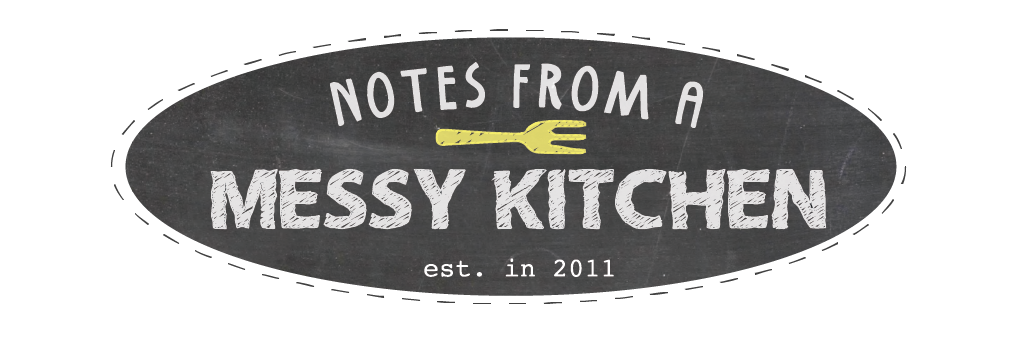Hiking through the Colombian Jungle: Our Trek to Ciudad Perdida

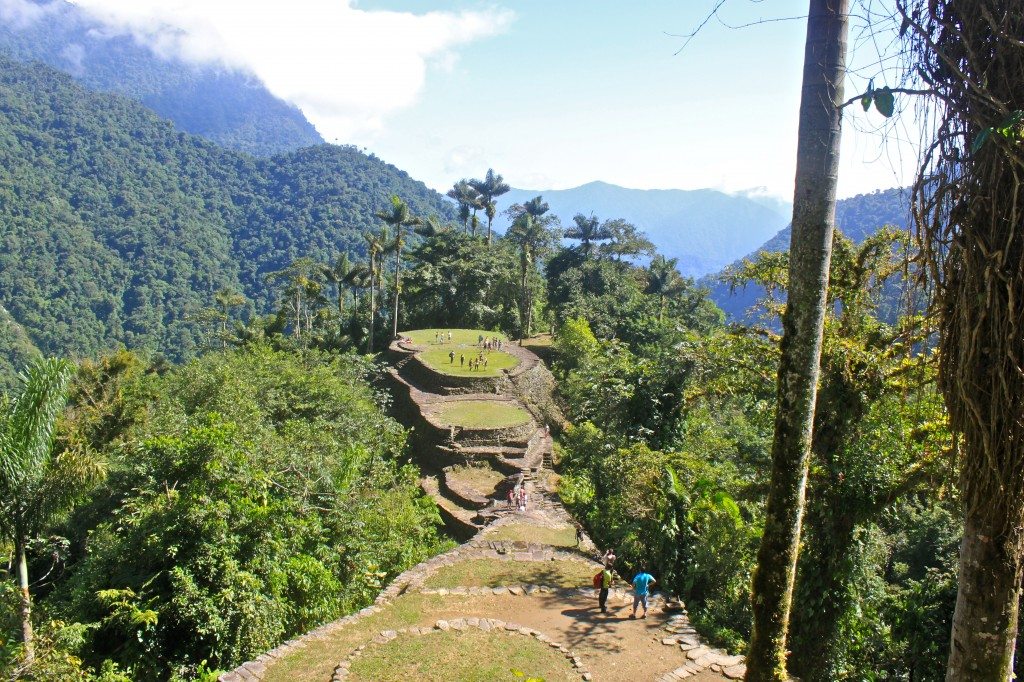 Monday we’re off for a four-day, three-night trek through the jungles of Northern Colombia. We are hiking to Ciudad Perdida, an ancient city at the base of the Sierra Nevada that was rediscovered in the late 1970’s and only in recent years deemed safe for tourists. I don’t know what to expect as to the difficulty of the hike, only that it is about twenty-five miles round trip and that we will be sleeping in hammocks in camps along the way.
Monday we’re off for a four-day, three-night trek through the jungles of Northern Colombia. We are hiking to Ciudad Perdida, an ancient city at the base of the Sierra Nevada that was rediscovered in the late 1970’s and only in recent years deemed safe for tourists. I don’t know what to expect as to the difficulty of the hike, only that it is about twenty-five miles round trip and that we will be sleeping in hammocks in camps along the way.
We pile ten people into the back of a jeep and make the bumpy two-hour ride to the base of the hike where we have sandwiches and get briefed on what to expect. Luckily, we have a couple of folks in our group who are able to translate, because our guides speak almost no English. Our group is fabulously diverse, with at least eight countries represented among seventeen of us. The first day’s hike is only four hours, but it’s hard – almost entirely up-hill. I think of myself as a fairly fit person, but I am drenched in sweat and out of breath. It’s beautiful, however. As we hike, we’re shown where the coca crops have destroyed the land and told a bit of the tumultuous history of the area we are hiking.
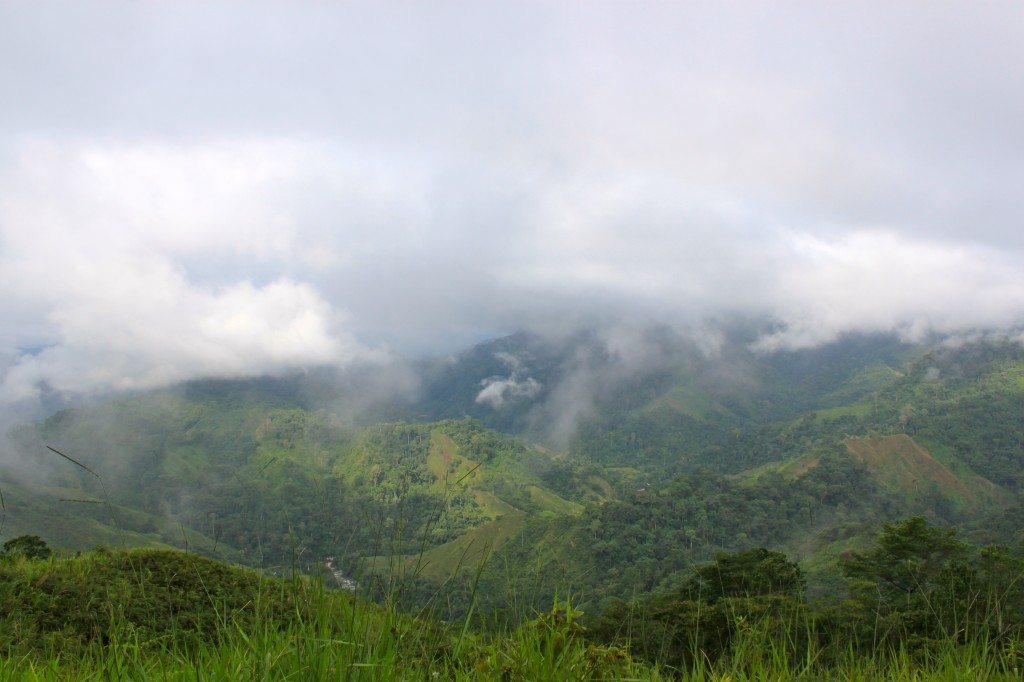
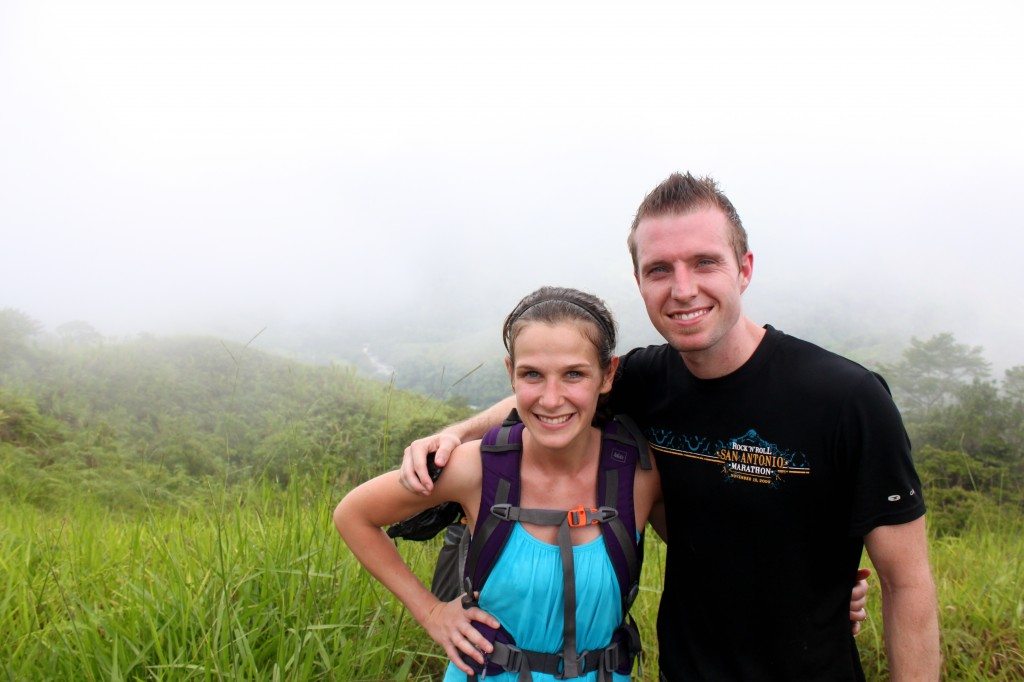
One of the girls in our group who is from Bogota tells us that her parents always wanted to do the trek, but it had never been safe. She is about our age, but doesn’t have to think back too far to remember a time when it was unsafe to drive to her Grandfather’s farm. It puts much in perspective. We also discover what a small world it is when we learn one of our fellow trekkers spent most her life in New Hampshire, going to undergrad at Dartmouth and grad school at UNH. She and her boyfriend (from Bogota, he is a very patient translator for my many, many questions) who used to live just a few blocks from where we live on Capitol Hill, are now pursuing PhDs in Cape Cod. Nate and I make them promise to make a trip to Brewster to get some Kate’s in our honor.
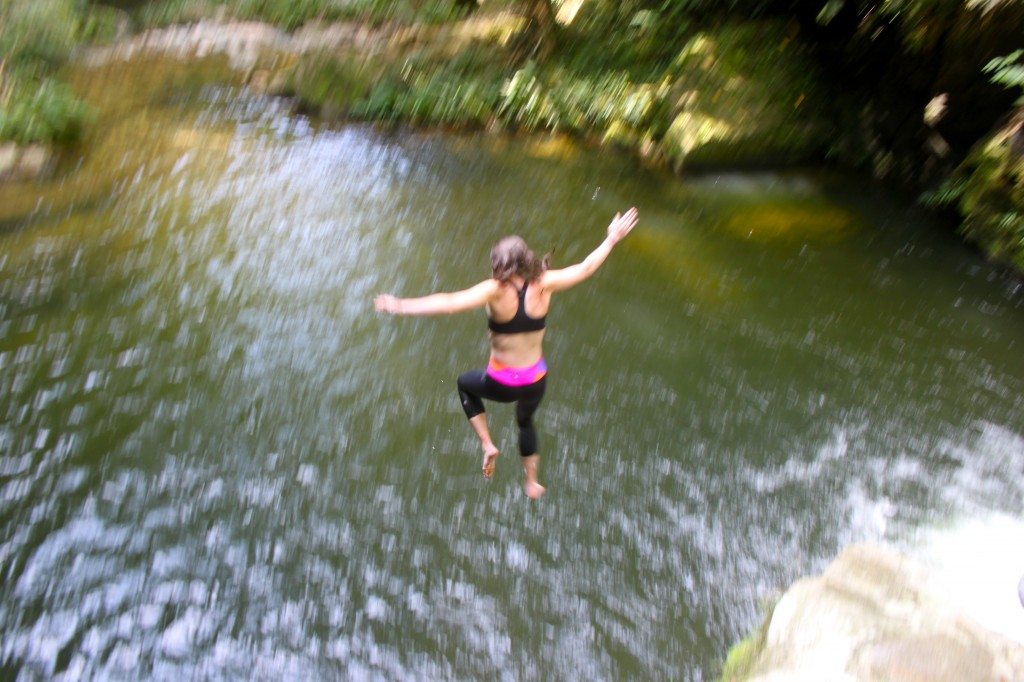
When we arrive to camp one, we immediately head to la piscina, a beautiful swimming hole where we jump from the rocks into the clean cool mountain water. Soon Blanca – who I would not have stereotyped to have been a good hiker but who has powered through the hike in front of us all, not even stopping to take her shoes off at river crossings – has dinner ready for us. A tender chicken cooked with peppers and onions and served with rice and salad, it’s one of the best meals I’ve had in Colombia despite having been carried into the jungle on the back of a mule. After dinner, we are split into two groups, those who will do the more difficult four-day hike and those who will take their time over five days. Miguel sits us down to give us the low down, with Santiago patiently translating. We will wake up at 4:30am to get started as soon as the sun comes up. Day two will start with a hike similar to the grueling hike we’ve just finished… before breakfast. After breakfast and a swim at camp two, we will hike another four hours to base camp. Miguel also tells us some additional history about the area- including the eight tourists who were kidnapped from Ciudad Perdida in 2003 – and tells us the norms of interacting with the indigenous communities we will pass who do their best maintain their native culture.
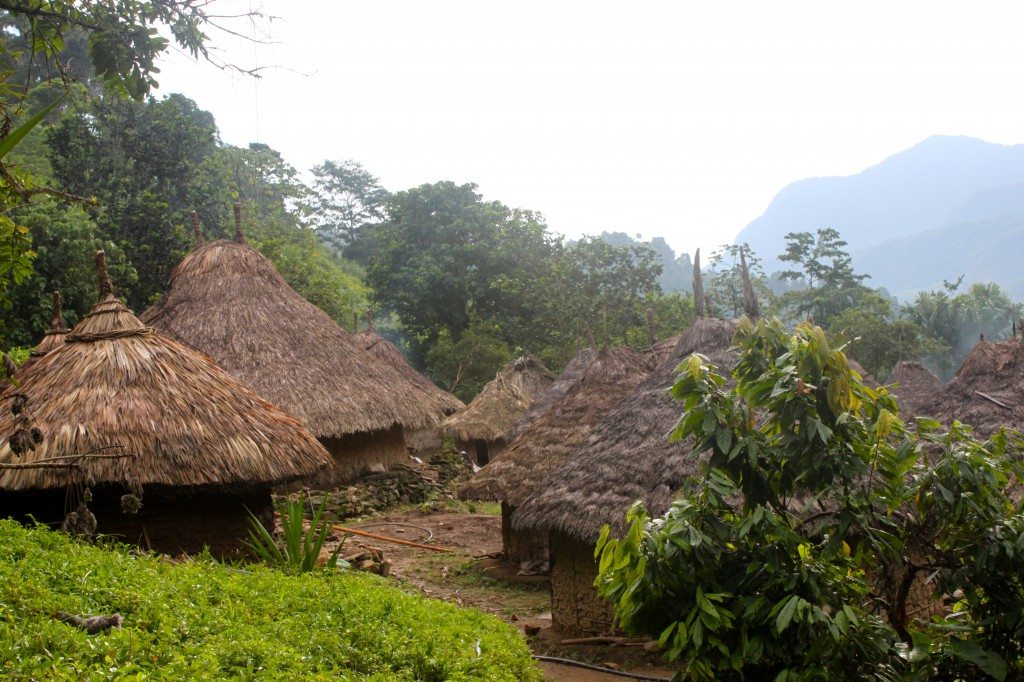
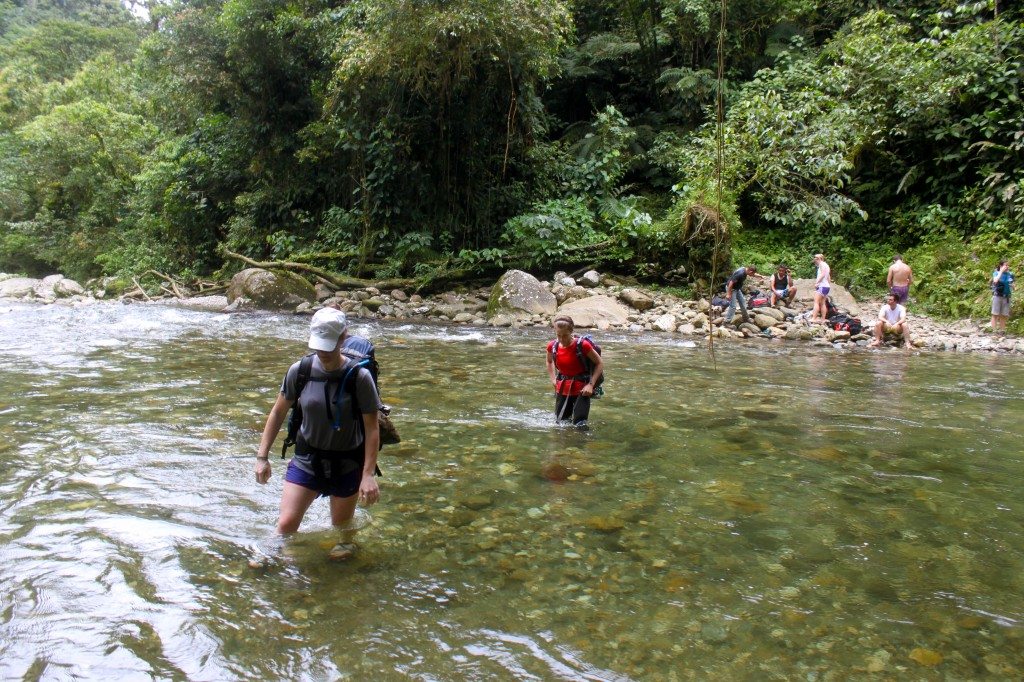
Day two is as hard as expected. Luckily we make it to the final river crossing to find the water at a safe level and make it to camp three by 1:30pm. Unlike camp two where we are camping with just our group, all the groups spend the night at the same base camp so it is much more crowded. This time we have beds, but when I smell my bed I miss my hammock. It’s moist and pillowless. Camp three does, however, have an awesome swimming hole complete with a natural water slide. They keep us very well fed throughout this whole adventure, serving up a huge plate of pasta for lunch. There’s not much to do with our afternoon since it’s pouring rain, and pretty soon we’ve taught our newly acquired card game to most of the group. There’s also beer, which isn’t a bad deal at 4,000 pesos given it’s been carried halfway up the trek by mules and the other half that mules can’t reach on someone’s back.
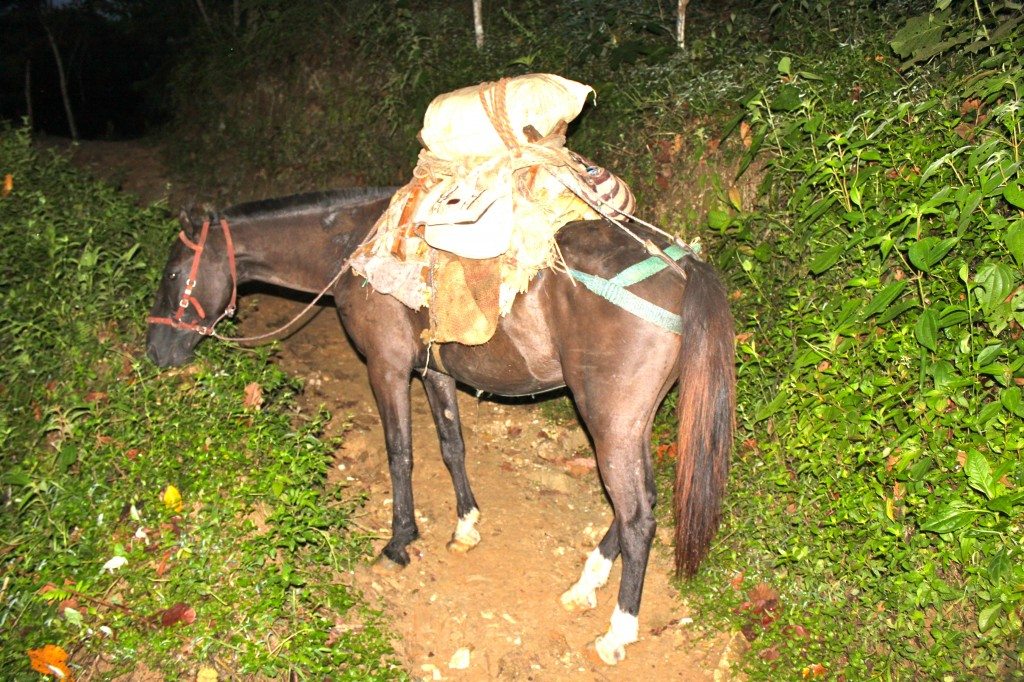
We’re all pretty pleased with ourselves from completing the grueling hike, complaining only a little about our aching bodies. All pride and complaints cease when we meet the blind teenager in the other group who has just completed the same hike. What a testament to what human beings can accomplish when they put their mind to it. Also, he’s fluent in four languages, and his brother tells us, “I used to be impressed, now it’s kind of old. My little brother competes with me, because no one can beat Kaleb.” Someone in the group proposes getting up extra early (3:30am) and hiking to the Lost City to see the sunrise. Miguel says we can do it if all parties agree and have flashlights. He will wake up at 3:00 to go make sure the river crossing is safe to do in the dark. There’s no electricity at camp two, so after yet another meal and some candlelit card games we head to bed extremely early, bug bitten and exhausted.
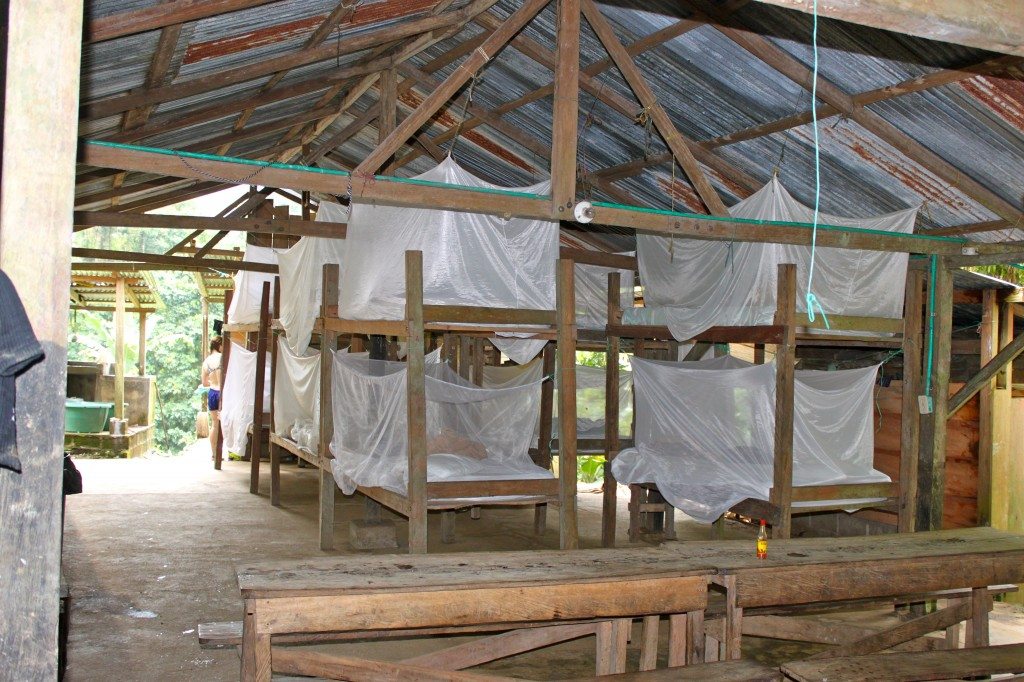
I must admit I’m relieved when I wake up to see light starting to enter the sky. I would have gone along with the group, but when I see the trail – requiring a great deal of concentration even in the daylight – I’m quite certain hiking it in the dark would not have gone well for me. What remains (or has been recreated) of Ciudad Perdida, or Teyuna to the natives call it, is a series of terraces carved into the mountainside connected by tiled paths and steps. When the city was founded in 800 a.d., villages of hundreds of huts believed to have housed up to 8,000 people sat on these terraces with the highest belonging to the Shaman. Teyuna is huge and it would take several days to see it all. It was found by farmers in the early 1970’s, but it wasn’t until gold begun to appear on the black market and there were a couple murders among looters that word spread and archeologists begun to explore the area. After twenty years of exploration, there are still many unanswered questions.
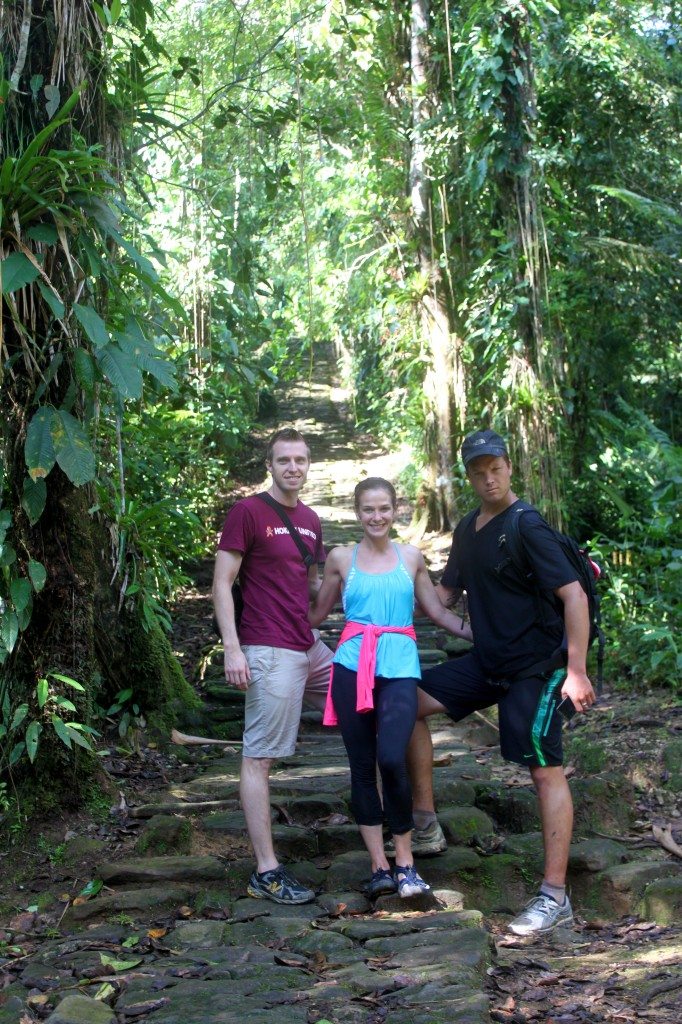
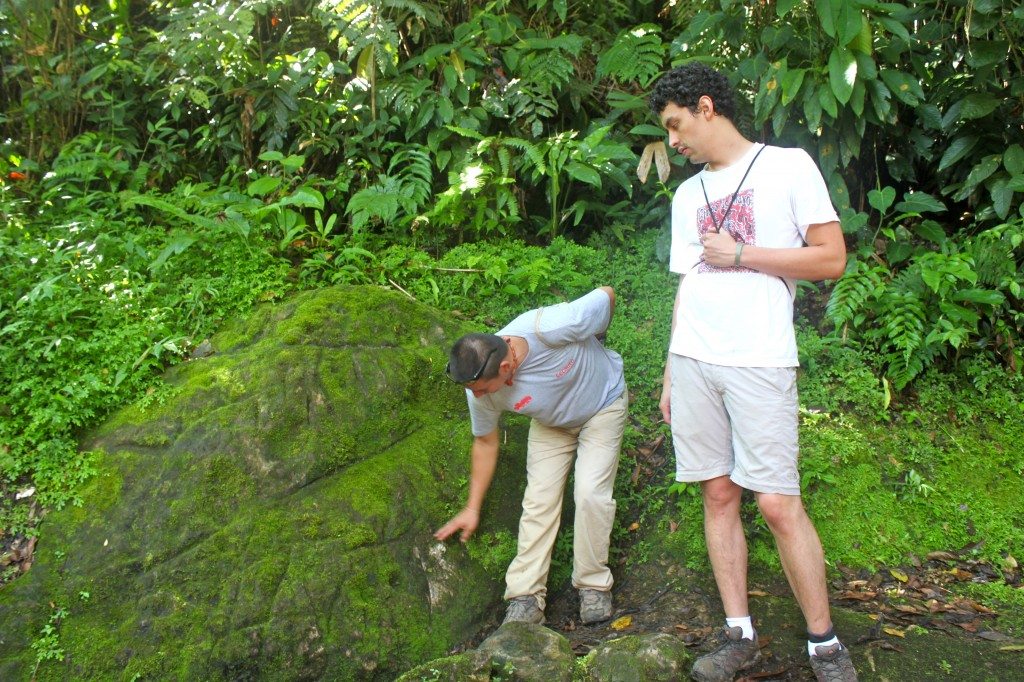
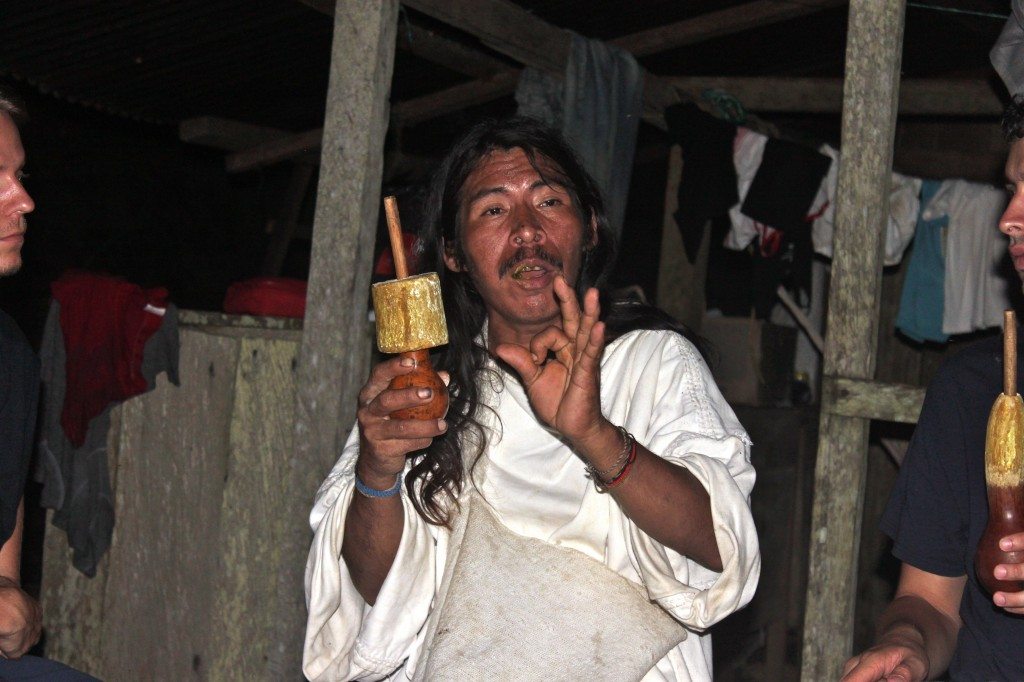
After hiking back down from the lost city, we still must hike all the way back to camp two. That night, a Kogi comes to our camp to talk to us and answer questions, but the talk feels scripted and we’re later told he was extremely drunk. Kids play with iPods and beer cans, and it’s obvious that despite the attempts to preserve their culture and closeness to nature that we discussed the first night, this may not be an attainable task with the thousands of people trekking in and out each day. By the final day – nearly as long as the second – every muscle in my legs is sore. The swimming holes are a welcome respite, but I’m relieved when we are finally done. We celebrate with victory cervezas and a feast, and then say goodbye to new friends agreeing to make the trek again in twenty years – except maybe we’ll do the five-day!
